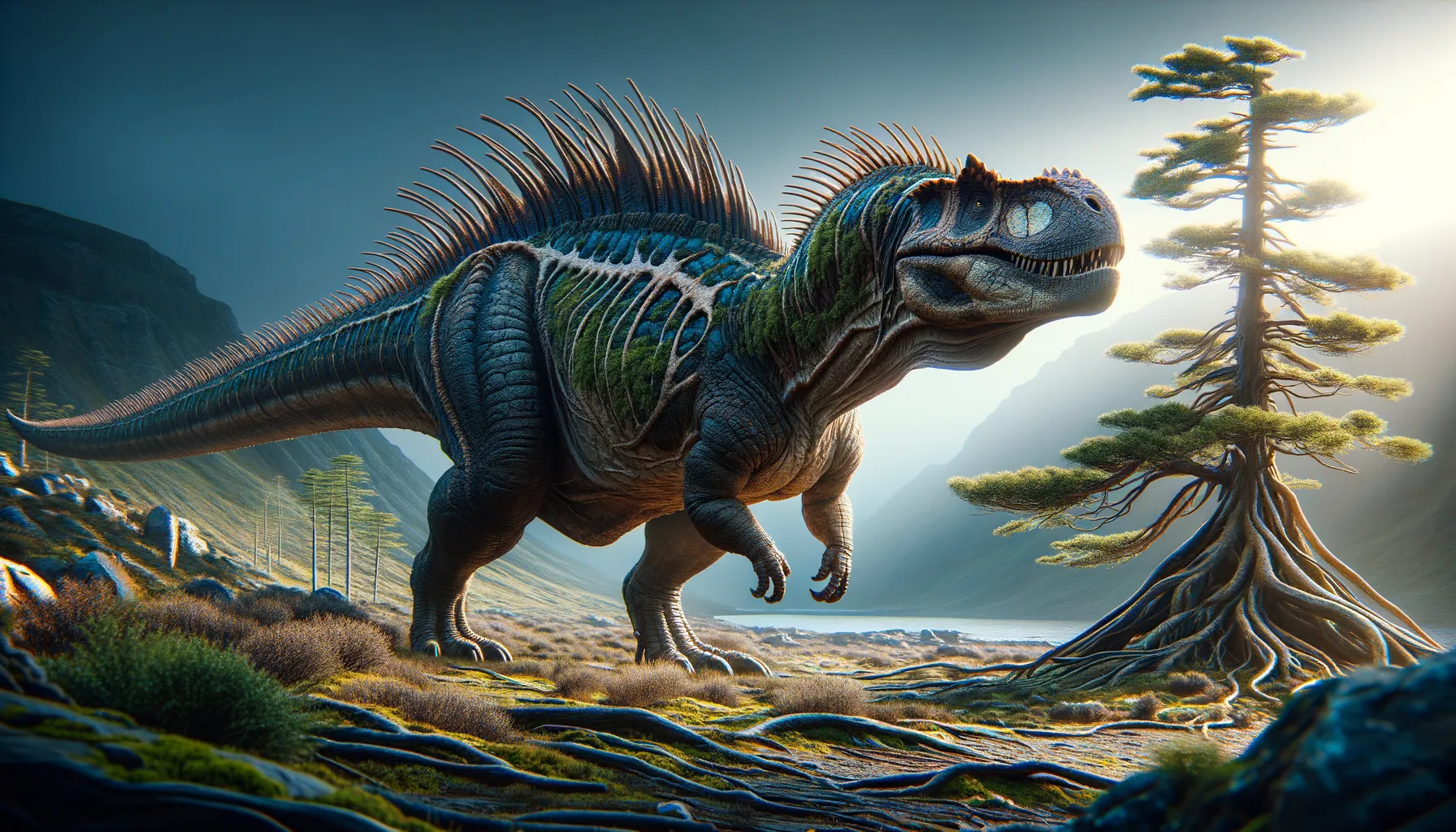
Pareiasaurus
An armored giant of the ancient world.
Period
Permian
Length
Up to 2.5 meters (8 feet) long.
Height
Approximately 1.5 meters (5 feet) at the shoulder.
Weight
Roughly 600 kilograms (about 1300 pounds).
Pareiasaurus was a heavily built herbivorous creature from the late Permian period, known for its stocky body and distinctively armored skin. As a distant relative of dinosaurs, it roamed parts of what is now Europe and Africa. Despite its intimidating appearance, Pareiasaurus was a plant-eater, relying on its robust physical traits for defense against predators.
Diet
Pareiasaurus was an herbivore, primarily feeding on tough, fibrous plants. Its strong jaw muscles and peg-like teeth were perfectly adapted for grinding vegetation.
Hunting
Being a herbivore, Pareiasaurus did not engage in hunting. Instead, it foraged for plants within its environment, using its size and armor for protection rather than predation.
Environmental challenges
During the Permian period, Pareiasaurus faced challenges such as habitat shifts due to climate changes. The fluctuating ecosystems required it to adapt to different plant resources. Predators were also a constant threat, driving the need for its defensive armor and sizable build. Additionally, competition with other herbivores may have influenced its adaptation strategies.
Speed
Slow due to its stocky build.
Lifespan
Estimated around 20-30 years.
First discovery
Discovered in South Africa in the late 1800s.
Fun Facts
- Pareiasaurus was a large, herbivorous reptile that lived around 265 million years ago, long before the first dinosaurs appeared.
- Despite their sometimes fearsome appearance, Pareiasaurus were plant eaters, with teeth designed for chewing tough vegetation.
- Pareiasaurus had bumpy, armor-like scales, which might have been used to protect against predators.
- These fascinating creatures were part of the group called Pareiasauria, which were some of the earliest large, land-dwelling herbivores.
- They lived during the Permian period, a time when Earth's continents were joined in a supercontinent known as Pangaea.
- Pareiasaurus fossils have helped scientists understand more about the evolution and diversity of early terrestrial vertebrates.
- Their name, Pareiasaurus, translates to 'cheek lizard,' likely referring to the prominent bones extending from their cheeks.
Growth and Development
Pareiasaurus experienced steady growth, gradually developing its bony armor and solid stature. Juveniles likely stayed close to protectors and food sources until they reached a size where their natural defense was adequate. Specific environmental pressures likely influenced its growth patterns, fostering robust physical traits from an early age.
Habitat
This creature inhabited lush, vegetative areas that supported its diet of plant matter. Its prefered habitats were likely near rivers or floodplains, rich in the vegetation necessary for sustenance. Pareiasaurus could adapt to varying climatic conditions, though it likely thrived best where flora was abundant.
Interaction with other species
Pareiasaurus shared its habitat with other herbivores and early synapsids. It likely had non-aggressive interactions with fellow herbivores unless competing for resources. Its thick skin acted as a deterrent against carnivorous threats. Pareiasaurus may have also coexisted with smaller scavenging species in a delicate ecological balance.
Natural lifespan
A Pareiasaurus likely lived naturally for several decades in a stable environment.
Reproduction
Reproductive strategies of Pareiasaurus remain unclear, but it likely laid eggs similar to other reptiles. Nesting areas were probably chosen for safety and proximity to food sources. Parental care details aren't well understood, but young might have relied on camouflage and the protection of the herd for survival.
Social behaviour
Pareiasaurus might have been somewhat solitary or moved in small groups. Social behaviors likely involved coexistence rather than complex interactions to avoid predators. Group dynamics could have helped with vigilance and resource location, with individuals sometimes congregating around abundant plant life.
Fossil locations
Pareiasaurus fossils have predominantly been found in regions of South Africa. Some skeletal remains have also been discovered in parts of Europe. These fossils offer crucial insights into life during the Permian period. The remains reflect its widespread inhabitation across stable, vegetative landscapes.
